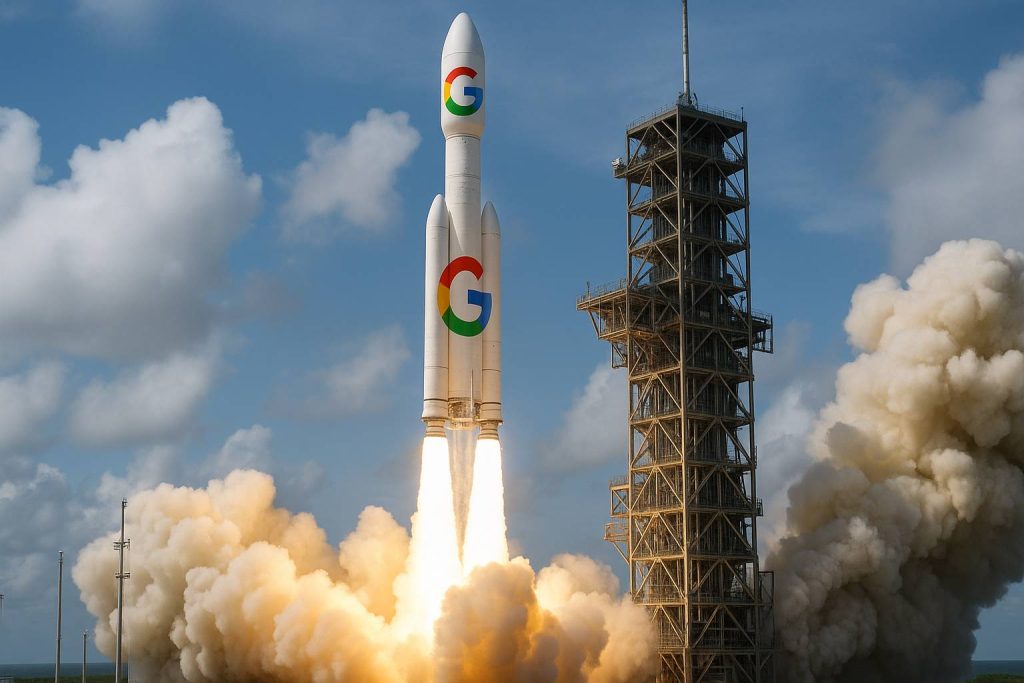NVIDIA's $4 Trillion Milestone: Why Smart Investors Diversify Beyond Tech Concentration Risk
NVIDIA became the first publicly traded company to hit the $4 trillion milestone on Wednesday, with shares jumping 2.8% to $164.42 during intraday trading before settling at $3.97 trillion by market close. This extraordinary valuation achievement, driven by the company’s near-monopoly position in AI chip manufacturing, demonstrates both the immense growth potential and concentration risk that define modern technology investing.
The milestone represents a stunning 1,460% stock appreciation over the past five years, with NVIDIA’s dominance in AI processing creating unprecedented market concentration. The company maintains over 90% market share in the GPU space through its CUDA software platform, establishing what analysts describe as a “wide moat” that competitors struggle to penetrate. This monopolistic position, while driving exceptional returns, creates exactly the type of concentration risk that sophisticated investors mitigate through strategic allocation toward uncorrelated alternative assets.
Following NVIDIA’s $4 trillion achievement, market analysts increasingly warn about technology sector concentration risk, with a single company now representing nearly 7% of the entire S&P 500 index. This concentration creates portfolio vulnerability that extends beyond individual stock risk into systemic market exposure, reinforcing why astute investors seek diversification through assets that maintain value independent of technology sector performance.
This Article Covers:
- The immediate market implications of NVIDIA’s unprecedented $4 trillion valuation milestone
- Why AI chip market concentration creates systemic portfolio risk for equity investors
- How technology sector dependence drives institutional investors toward diversification alternatives
- Why tangible assets provide stability during periods of extreme market concentration
- How MCQ Markets offers automotive heritage investments designed for technology-independent portfolio balance
AI Chip Monopoly: Market Concentration and Systemic Risk
This monopolistic position creates unprecedented concentration risk that affects not only individual portfolios but entire market indices.
The artificial intelligence boom has created a winner-take-all dynamic where NVIDIA captures the majority of sector growth while competitors struggle for relevance. Companies fighting for a piece of the AI chip market, which could reach $400 billion in annual revenue within five years, face the challenge of competing against NVIDIA’s established ecosystem and manufacturing partnerships. This competitive landscape reinforces NVIDIA’s dominance while simultaneously increasing market concentration risk.
Industry analysts recognize that NVIDIA’s monopoly position, while profitable, creates vulnerability to regulatory intervention and competitive disruption. The Department of Justice has expressed concerns about monopoly power in the AI chip market, with regulators examining potential antitrust violations including illegal tying agreements and exclusive use arrangements. This regulatory scrutiny introduces additional risk factors that extend beyond traditional technology sector volatility.
The concentration risk extends globally, with NVIDIA’s Taiwan-based manufacturing creating geopolitical dependencies that affect the entire AI ecosystem. Recent developments around China’s desire to use 115,000 banned NVIDIA chips demonstrate how international tensions can impact the company’s growth trajectory and, by extension, the broader technology sector that depends on AI infrastructure.
Technology Sector Vulnerability: Why Concentration Creates Investment Risk
Current market conditions reflect this concentration challenge. NVIDIA’s stock performance now significantly influences major indices, creating correlation risk where technology sector volatility affects supposedly diversified portfolios. This concentration effect means that disruptions to NVIDIA’s business model, whether through competitive challenges, regulatory intervention, or technological obsolescence, can create broad-based portfolio losses.
The AI chip market’s winner-take-all structure exacerbates concentration risk beyond individual stock exposure. As NVIDIA’s valuation approaches the entire GDP of many developed nations, the sustainability of such concentration becomes questionable. Historical precedent suggests that extreme market concentration eventually corrects through competitive forces, regulatory intervention, or technological disruption.
Investment professionals recognize that technology sector concentration creates correlation risk that extends across traditional asset classes. When technology companies represent such significant market weights, bonds, real estate, and international equities often fail to provide adequate diversification during periods of sector-specific volatility.
Alternative Investment Strategy: Tangible Assets During Market Concentration
- Sector Independence: Values determined by scarcity, craftsmanship, and collector demand rather than technology sector performance or AI infrastructure adoption
- Correlation Protection: Performance completely uncorrelated with technology stocks, providing genuine diversification during periods of sector concentration
- Concentration Immunity: Assets that maintain value regardless of individual company dominance or technology sector volatility
- Fundamental Value: Physical assets whose worth derives from tangible characteristics rather than speculative technology valuations
MCQ Markets: Automotive Heritage Assets for Technology-Independent Portfolio Balance
MCQ Markets’ automotive heritage strategy recognizes that classic cars represent a unique asset class with zero correlation to technology sector performance. Unlike traditional diversification attempts that often fail during periods of extreme market concentration, collectible cars appreciate based on automotive craftsmanship, racing provenance, and manufacturing rarity that remain constant regardless of AI chip market dynamics or technology sector valuations.
Our platform focuses on vehicles that represent pinnacles of automotive engineering from eras when mechanical innovation, rather than digital processing power, defined automotive excellence. These heritage assets provide portfolio balance during periods when technology concentration threatens traditional diversification strategies.
- Heritage Asset Focus: Collectible cars that appreciate based on automotive history and mechanical engineering rather than digital technology or AI processing capabilities
- Zero Technology Correlation: Investment returns completely independent of NVIDIA’s performance, AI chip market dynamics, or technology sector concentration
- Mechanical Engineering Value: Assets whose worth derives from internal combustion innovation, chassis engineering, and manufacturing craftsmanship rather than digital infrastructure
- Proven Diversification: Historical performance data demonstrating genuine portfolio balance during previous periods of technology sector concentration
- Automotive Legacy Access: Professional curation of vehicles representing automotive golden ages when mechanical innovation defined industry advancement
Investment Outlook: Managing Technology Concentration Through Alternative Assets
This market concentration milestone reinforces a fundamental investment principle: genuine portfolio diversification requires assets that respond to completely different value drivers than those affecting concentrated market positions. NVIDIA’s dominance demonstrates why building resilient portfolios requires assets that appreciate based on physical characteristics rather than digital technology or AI infrastructure dependencies.
Strategic investors recognize several key factors driving automotive heritage asset allocation during technology concentration periods:
The $4 trillion valuation represents unprecedented market concentration that affects every traditional asset class through correlation risk and index weighting effects. This broad-based concentration impact highlights the importance of portfolio diversification through assets that exist completely outside technology sector influence or AI infrastructure dependencies.
MCQ Markets bridges this gap by providing institutional-quality access to collectible car investments that represent automotive engineering excellence from pre-digital eras. Our platform allows sophisticated investors to participate in an asset class that has historically provided genuine diversification benefits during periods of extreme market concentration.
The NVIDIA milestone creates urgency for investors recognizing concentration risk in technology-heavy portfolios, but it also creates opportunity for those seeking assets that remain completely unaffected by AI chip market dynamics. As the technology sector navigates unprecedented valuation levels and regulatory scrutiny, automotive heritage investments continue operating in a market driven by mechanical engineering appreciation and manufacturing scarcity rather than digital technology performance.
MCQ Markets provides the infrastructure and expertise to access this asset class through our proven fractional ownership model, combining professional automotive heritage curation with the time-tested diversification benefits of tangible assets optimized for periods of extreme technology sector concentration.





